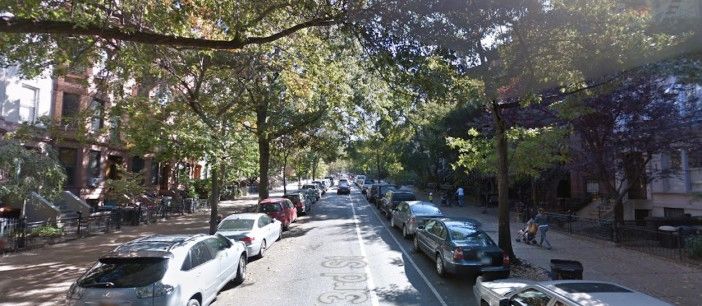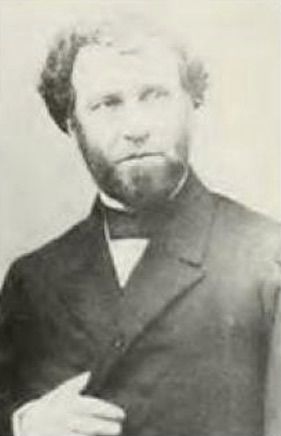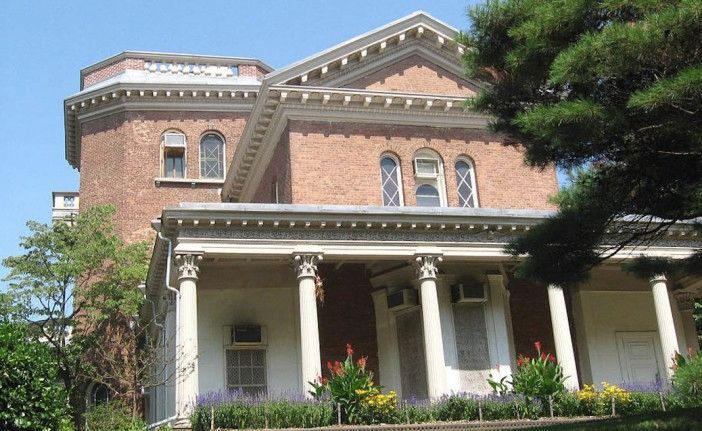Flashback Friday: So Why Is 3rd Street In Park Slope So Wide?

If you’re a Park Slope resident, and a lover of walking the streets, you’ve probably noticed that sections of 3rd Street have a major variation from a lot of other East-West streets in the neighborhood: it’s wider.
And extremely elegant.
In An Architectural Guide to Brooklyn, author Francis Morrone writes “The two blocks of 3rd Street between Seventh Avenue and Prospect Park West comprise one of Park Slopers’ most beloved streets. […] It is partly its stately width, partly its shady trees, and partly its houses.”

The width can be traced back to Edwin Litchfield (1815-1885), a lawyer, railroad magnate, and real estate developer. His history is inextricably linked to the development of the Gowanus Canal.
In Gowanus: Brooklyn’s Curious Canal, author Joseph Alexiou writes:
“Beginning in 1853, he graded and paved several city-mapped streets on his empty meadows using entirely his own money. Flushed with cash, the railroad mogul was spending with great abandon on roads what others did on stock trading or luxury goods. The first and most important was Third Street: up to that point there were no streets running the length of the Gowanus meadows that would connect his newly developing neighborhood to the rest of South Brooklyn.”
But why 3rd Street?
Litchfield lived in what is known as the Litchfield Villa — a mansion built between 1854-1857. The Italianate-style mansion was designed by Alexander Jackson Davis (1803-1892), one of the most influential architects of the time and well-known as a Gothic revivalist.

Since Litchfield’s work took place down the Slope in Gowanus developing the canal, 3rd Street became his “large driveway” of sorts. He would make his way via carriage from his office near 3rd Street and 3rd Avenue (where Whole Foods exists today) all the way up to his Prospect Park mansion.
Alexiou writes that Litchfield, “would widen [Third Street] at Fifth Avenue into the central commercial thoroughfare of his imagined estate, lined with stone buildings and upscale storefronts. It was not a matter of pride, but a key piece of real estate success.”
And while Litchfield was planning this during the nineteenth century, the development of the Gowanus neighborhood does not sound terribly different in 2016.




